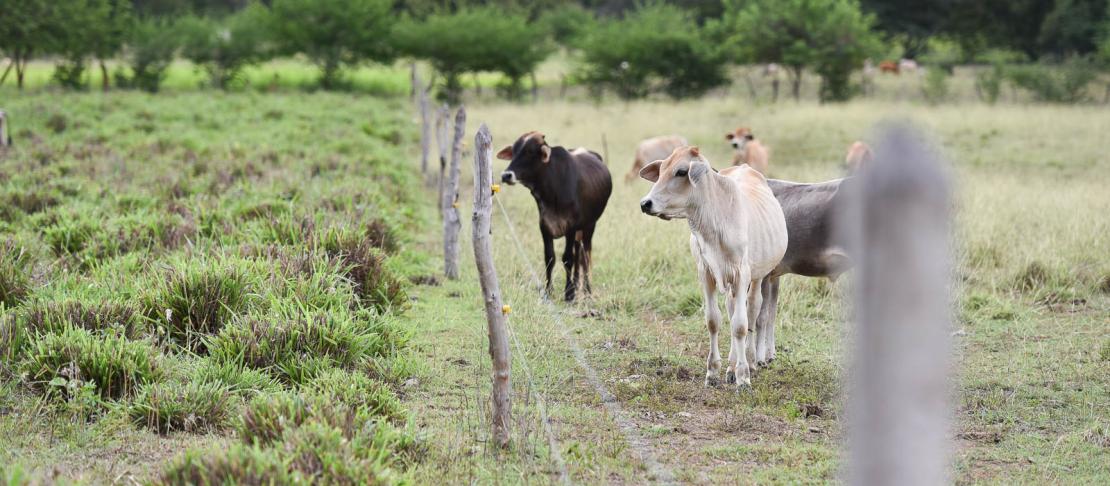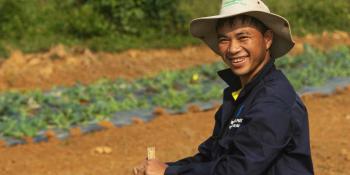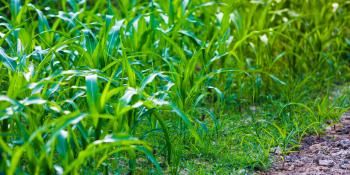Cuba learns how to estimate its greenhouse gas emissions

CCAFS researchers support Cuban institutions in the construction of the greenhouse gas emissions inventory of the Caribbean island.
Besides being a well-known contributor to climate change, greenhouse gases (GHG) can be seen as an indicator of system inefficiencies. In other words, whenever GHG are emitted, a resource is almost certainly being used inefficiently. This implies that to reduce the wasting of resources, countries should identify the sources of their GHG emissions and find ways to improve the efficiencies and, as a co-benefit, mitigate climate change.
The way we exploit our forests, produce our food, feed, and fiber, and use our lands is responsible for over 24% of global GHG emissions. Yet, in-country emissions vary depending on pursued technological and management options. This means that there is a large variation in the amount and type of GHG emissions per country. Since GHG emissions are such a key contributor to the climate change challenges the world is facing, it is important to review the GHG emissions per country.
Cuba, the largest island in the Caribbean, invited a team of experts from the CGIAR Research Program on Climate Change, Agriculture and Food Security (CCAFS), the International Centre for Tropical Agriculture (CIAT), and the Clima Soluciones to support its national GHG inventory team in improving estimates of greenhouse gas emissions and uptake in Cuba’s agriculture, forestry and other land use (AFOLU) sector.
Over 30 stakeholders working in different sub-sectors in the AFOLU sector attended a workshop. The workshop took place in the framework of the CCAFS research project “Agricultural innovation for the development of low-emissions cattle value chains in Latin America”.
Cuba estimates its GHG
The experts focused on several sub-sectors of the AFOLU sector, which included livestock, crop production, open burning, and soil management. Sources of better input data were explored. New emission factors to measure GHG were developed and potential mitigation options that have been evaluated by scientists in CCAFS and elsewhere were discussed.
Some of the workshop participants had never used the Intergovernmental Panel on Climate Change (IPCC) methodology of estimating GHG emissions and uptake. However, through the workshop, they gained clarity on how the island’s GHG emissions were calculated and how some of the generated data can support national reporting.
By the end of the workshop, local experts began discussing possibilities of filling critical data gaps through existing and new projects to further reduce uncertainties in GHG emissions and uptake estimates. The workshop contributed towards improving understanding and confidence in GHG emissions reported by the island, which is an important milestone on the journey towards a low-emitting Cuba.
Sharing with Latin America
To take full advantage of the lessons learned in this workshop, the CCAFS researchers, together with the Central American Agricultural Council (CAC), carried out a webinar in which they shared the experience of the AFOLU sector experts in Cuba with different key actors in Latin America.
Different topics were discussed during the webinar, such as the methodology and tools used to carry out the GHG emissions inventory and how it can be replicated in different countries of the region.
In the following video, you can see the full webinar (this video is originally in Spanish):
Read more:
- Research highlight: Reliable and affordable methods for measurement of greenhouse gas emissions from agriculture now available
- Research project: Latin America Greenhouse Gas Mitigation Network (LAMNET)
- Research project: Agricultural innovation for the development of low-emissions cattle value chains in Latin America
- Report: 2019 Refinement to the 2006 IPCC Guidelines for National Greenhouse Gas Inventories
Ngonidzashe Chirinda is researcher on the project "Agricultural innovation for the development of low-emissions cattle value chains in Latin America" for the CCAFS Low Emissions Development Flagship.



